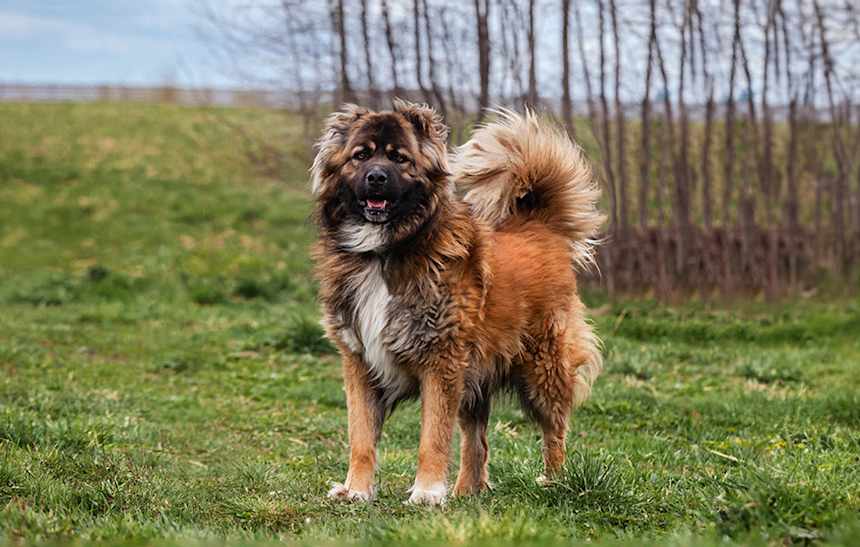A full-grown Caucasian Shepherd Dog is squarely within the giant dog breed category. Typically they stand between 26 and 30 inches tall at the shoulder, while females are slightly smaller. In terms of weight, males can weigh 99 to 154 pounds, with females typically weighing in at the lower end. Their sheer size contributes to their reputation as strong, protective dogs.
Despite their size, they can be surprisingly agile when needed, especially when protecting their territory or loved ones. Because of their large stature, they require ample space to move comfortably, making them better suited for homes with a yard or open space.








